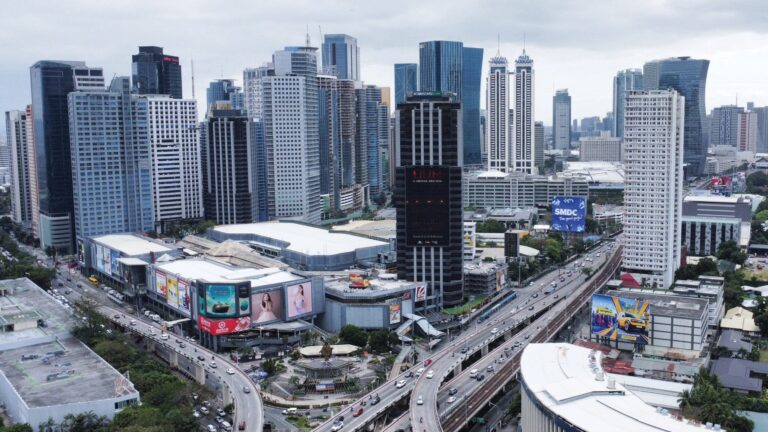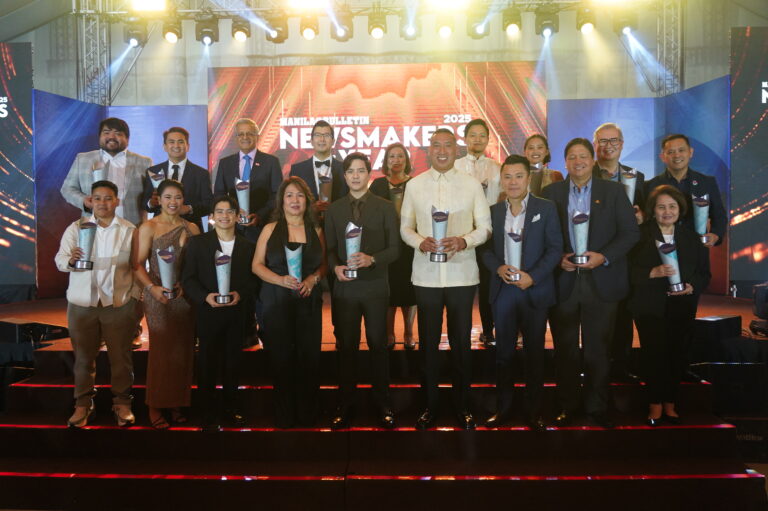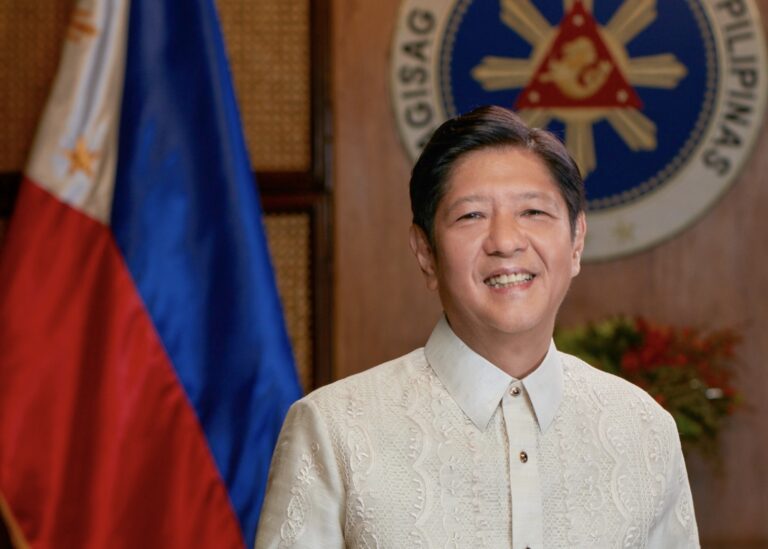To this day, 42 years since I joined Manila Bulletin, I still say, “No day is the same for a journalist.” You start a day with coffee and plans to have dinner with family, but that does not always happen. The weather, a politically-charged statement, or an accident changes the course of a journalist’s day. Oftentimes …
To this day, 42 years since I joined Manila Bulletin, I still say, “No day is the same for a journalist.”
You start a day with coffee and plans to have dinner with family, but that does not always happen. The weather, a politically-charged statement, or an accident changes the course of a journalist’s day. Oftentimes it takes the journalist, as reporter or editor, to unplanned destinations that produce a story.
The stories of these “unplanned destinations” were the stuff that planted the heritage of the Manila Bulletin in the Philippine landscape. For many generations, for 125 years since its first issue as a shipping paper on Feb. 2, 1900, news and opinion came from the Manila Bulletin Publishing Corporation’s daily broadsheet newspaper, two tabloids, a dozen regional and theme magazines, and in recent years – from news online on mb.com.ph, social media accounts, videos, and Youtube.
For me, who marks 42 years with the company this year, the stories from unplanned destinations have been the milestones of my life. This year, 2025, as Manila Bulletin celebrates its 125th anniversary, I have been part of this bigger-than-life media institution for a third of its operating life.
To write how life was as a journalist in the Manila Bulletin will be telling the story of many developments in gathering, writing, and reporting news—and how people consume them. It will also show how technology changed behavior and culture. But I am not writing the history of the Manila Bulletin, or local journalism, here. This is my story working in this big media organization.
I joined the Manila Bulletin as a provincial correspondent, sending my stories to Cornelio de Guzman, then the provincial news editor. One evening, Mang Kune called to invite me to write for the paper. I felt honored and, without hesitation, I accepted. I remember at least two stories that made it to page one then, the alcogas fuel product that was launched in Bacolod City, which was part alcohol produced using the the island’s sugarcane, and the sinking of Don Juan, where more than a thousand Negrenses on their way home from Manila perished.
When my family moved to Manila in 1982, I applied for a permanent position and was assigned to be one of the editors at the desk of Tempo, the English-Tagalog tabloid that soon challenged the popularity of long-established tabloids in the metro.
From running the first daily newspaper in Bacolod, I stepped into a very organized media company that had editors and reporters for each section. That was impressive to me as I was editor-reporter-proofreader-office manager in my hometown’s daily newspaper.
Tempo was created to carry crime and out-of-the-ordinary stories, written in simple language, and designed in a layout, to capture the attention of readers on their way to work. In addition to a newsdesk job, which included editing, proofreading, and taking down the stories of reporters on the field, I was assigned to write special reports.
My first assignment was to write a story of a company executive who fell out of the window of his office. Ding Marcelo, the news editor then, “directed” my story. “Look at details in his office, how he left it before he died; ask people who saw him enter his office; talk to his wife or relatives at the funeral chapel. Get everything you can on how he spent his last day.”
That was how it was then—editors “directed” a story, giving tips to help the reporter pursue a storyline.
I covered many events and I still think of the “unplanned destinations,” which took me to a story. Two of those stories were what I can still call outstanding because of the experience in getting the story together. One was about a healer in Silay City, Negros Occidental; the other was about male massage therapist in Malate who advertised the service in a classified ad.
The healer story was on page one for many days. I crossed two rivers to get to her house in a mountain barangay and, days later, I stood in the cold morning dawn watching the lone line of “patients” come to her place in Silay City. Meanwhile, there were those who called her healing the “work of the devil” thus, while the healing sessions went on, there were loud prayers coming from across the lot.
I covered the story from all angles, interviewing people who had witnessed the healing sessions. I had an extensive interview with a Catholic lay leader who recounted how a snake had appeared from the garden and crawled up his boots shortly after he had prayed over two women who had been in a healing session with the so-called “miracle worker.”
I also interviewed the parish priest. Incidentally, on my way out of the parish church grounds after the interview, I met an old woman who claimed to have been sent to that city—she had come from Manila—to warn the believers that the healer was a “dark force from below the earth.” In the brief time I was talking to the old woman accompanied by a young man who was translating my questions to her, she went into a trance, her arms and body moving aimlessly. She had to be carried into the church and laid down on a pew. My cassette recorder took in every sound of that moment, including the sound of the woman’s arms hitting the pew, and the strange voice that came from her.
From those interviews, I wrote a series of stories which the editors of Tempo selected to be the banner story for many days.
Getting the story about the male massage therapist was another experience. In Tempo, we were always reminded to get enterprise stories. I used my curiosity to lead me to those exclusives. A classified ads announcement about a male massage therapist led me to take a jeep from the Manila City Hall to Mabini Street, climb four stories to the masseuse office, and choose two young men from many who were seated behind a glass picture window. The manager and the two men were totally surprised of my presence (I was alone) and of my purpose. I just wanted to talk about their lives as male massage therapist. (One of them offered to demonstrate his skills.) No one must have ever asked them to tell their stories, so they poured the interesting details of how they dealt with all sorts of clients.
It was a story that surprised two people close to me—my father, who called after he read my story, just to ask if I really went “there,” and Mr. Quimson, then the executive vice president of the Manila Bulletin, who went down to the Tempo office to ask me how I got to the story.
Tempo gave me many opportunities to sharpen my skills as a reporter and an editor. I did some work on almost every phase of production, most of which are now non-existent because of technology.
Reporters on the field dictated their stories to the news desk via a phone call, and I would take that while balancing the phone with my head and shoulder.
Editors proofread the “paste-up” pages with a cutter (a pen-like device with a blade) to take out—or put in—missing words or letters, so I carried that thing in my pocket.
If any editing had to be done after I had already gone home, I had to go back to the office to re-mat a page because of a late breaker or to put fillers to cover a space where an ad had missed the deadline.
We wrote our stories with manual typewriters, until the Atex computer system invaded the newsrooms.
Editors of special sections closed their pages a day in advance because only the news pages were done the day before the actual printing of an issue.
The deadline was at 4 p.m. and editors worked till late at night to catch the latest stories. Then they would sit around, drink a beer or two, talk and play chess or balut at the bars in the Malate area.
I was assigned to the Manila Bulletin in the 1990s, where I started to cover agriculture, automotive and construction, and real estate as the assistant of Ding Marcelo, then the editor of those sections. I was also assigned to cover a few events under Lifestyle when Ethel Timbol was section editor. I covered various beats—education, housing, Metro Manila Council (where plans for establishing the Metro Manila Development Authority or the MMDA, were being discussed), trade and theme exhibitions.
I closed a variety of sections. I followed my EIC’s (then Mr. Ben Rodriguez) instructions to start new sections, among them Science and Health, Travel (we had a separate section for Tourism), Real Estate (an off-shoot of the Construction page), Motoring (from the automotive page), and the annual Christmas supplements, which had a buyer’s guide featuring local products.
I started the Manila Bulletin’s monthly Cruising Magazine featuring motor travel. With Anjo Perez (who covered airports and motoring), Aris Ilagan (who covered the Armed Forces of the Philippines), and Johannes Chua (who started his journalism career at Cruising), I went on seven-day road trips across the islands long before the Strong Philippine Republic Highway and the efficient roll-on-roll-off ferries were established.
In 2013, Emil C. Yap III called me to his office to assign me to the desk as executive editor. From the Motoring section where I was editor for two decades and where I had traveled to many countries to test drive new cars and attend product launches and car races, I started a new chapter in my life at the Manila Bulletin. I was at the news desk, the center of a news organization’s operations.
Then digital transformation began to creep in, and the nature of work changed. Stories were sent through email. Editing, layouting, and proofreading were done from the newsdesk or remotely. Story conferences were held three times a day, face to face or via zoom.
The most significant changes were the disappearance of the “deadline time” and the “digital first” rule. Stories had to be sent ASAP because it had to be posted online ahead of other media companies. A big story was not kept for tomorrow’s print edition, it was now “digital first” – the print edition was for telling the whole story.
Telling stories has taken in another element. The story has to be told as soon as possible, sometimes sooner. But one element in journalism has stayed—a good story has to be told.
That is Manila Bulletin’s enduring commitment – telling the stories that shape a culture and oil the wheels of progress. For 125 years, Manila Bulletin has been the source of true stories.






